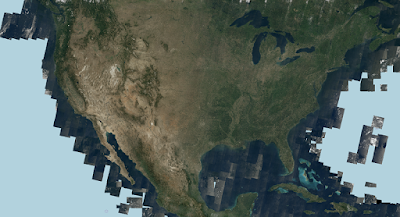Satellite images API is the dataset from the Landsat8 and Sentinel2 satellites on the basis of which we calculate quantitative indices, such as NDVI, EVI, and others, and from which we also obtain ready-made images of territories in True and False color, NDVI, and EVI. Satellite images API, along with other APIs to data such as Weather Data, Soil Data, Accumulated Temperature and Precipitation Data all go into making our new Agro API product.
TRUE Color and False Color
TRUE Color — "True color" is a rendering of red, green and blue satellite imagery spectral bands to the RGB composite image that seems to look natural.
False Color (b5 b4 b3) — "False color" is a rendering using NIR (near infrared) band which is more useful to visualize land cover and differentiate it from the urban and farmland areas. In these images it is possible to pick out different types of vegetation. Also easily discernible is the boundary between land and water, which enables changes in shorelines to be tracked.
NDVI and EVI vegetation indices
Some of the most common indices enabling quantitative assessment of vegetation cover. Convenient for tracking the growth rate of plants and monitoring any changes to them.
Some of the most common indices enabling quantitative assessment of vegetation cover. Convenient for tracking the growth rate of plants and monitoring any changes to them.
NDVI - This is an index calculated according to a set formula which uses near infrared and red wavelengths. Used in calculating and monitoring vegetation growth and its dynamics. NDV Index is displayed in images using the white to green palette where dark green indicates a good yield and white indicates a poor one or lack of vegetation.
EVI - In areas of the dense canopy where the Leaf Area Index (LAI) is high, NDVI values can be improved using information from the blue wavelength. Information in this part of the spectrum can help correct atmospheric influences and background interference caused by soil.
TRUE color
Paddy fields in Pangasinan province, Philippines
Using the NDV index enables the field boundaries to be clearly discerned
With NDVI, the sections of the fields are displayed as barren, in white color. In the False color regime, it can be seen that part of them is waterlogged.
NDVI
Rice terraces in Tuguegarao province, Philippines.
The EVI image looks clearer
We provide a historical data as well as satellite images that are as up-to-date as possible (allowing for the data source and cloud cover) for the very nearest time period. These satellite images are available to all account users, including those who are using the free package.
The full set of the AGRO API capabilities can be seen here













